#azarea
Explore tagged Tumblr posts
Text

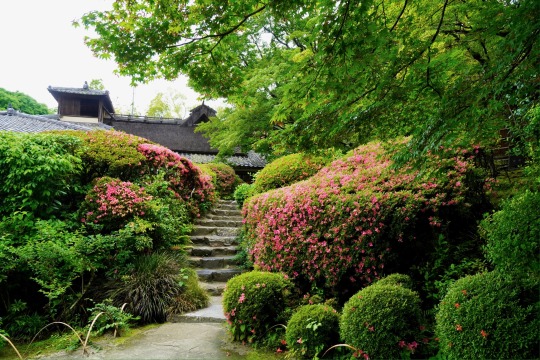
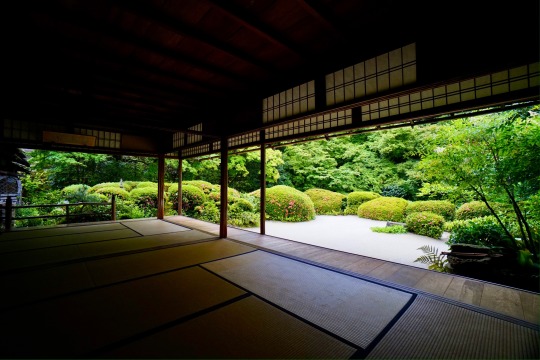
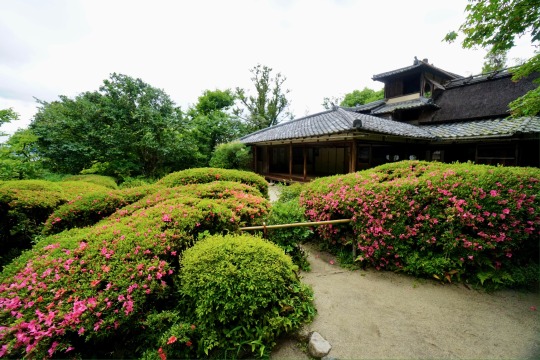

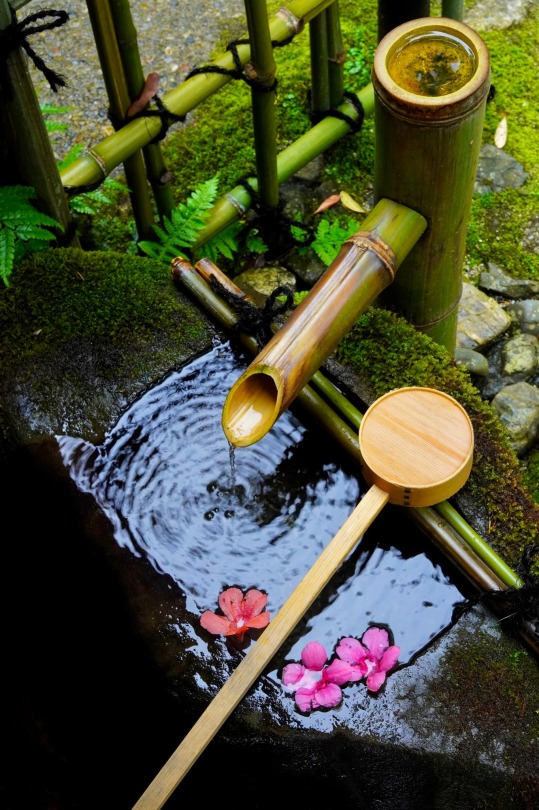


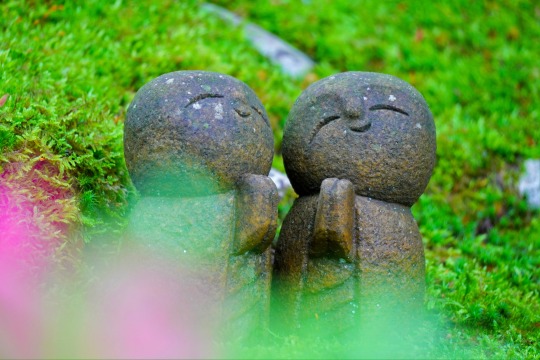

京都 詩仙堂 🌸サツキ🌸
kyoto shisendo temple 🌸satsuki azelears🌸
778 notes
·
View notes
Text









Azarea in November
94 notes
·
View notes
Note
what kinds of plants do you grow in your garden?
My garden is basically typical Japanese garden,so I have some pine trees, maples, azareas and so on. And I also have some herbs like thyme, rosemary, sage, lavender, or catnips. Furthermore, there are some wild edibles grasses like violets, wormwoods, or butterburs...
126 notes
·
View notes
Text

山躑躅[Yamatsutsuji] Rhododendron kaempferi var. kaempferi
躑躅[Tsutsuji] means Azarea, and when it is read as tekichoku, means to hesitate or to stomps. Both 躑 and 躅 have ⻊|足偏[Ashi-hen]("foot" radical at left) in them. And, 山[Yama] means mountain. The tree in the photo was one of the trees that were 狂い咲き[Kurui-zaki](Unseasonable flowering) last autumn.
By the way, the castle of Takeda Shingen(Harunobu), who was one of the prominent generals in the Warring States period(1467-1568,) was in a place called 躑躅ヶ崎[Tsutsujigasaki] and is located in Kōfu, Yamanashi Prefecture. It is a shrine called Takeda jinja today. 崎[Saki] means cape or small peninsula. https://en.wikipedia.org/wiki/Takeda_Shingen https://en.wikipedia.org/wiki/Tsutsujigasaki_Castle
14 notes
·
View notes
Text

I wanted to do a few face studys to work on how exactly i draw my oc's! Azarea turned out very good in my opinion ;v; That was a lot of fun, might do it again with my other oc's!
#artists on tumblr#fantasy art#digital illustration#oc art#female tiefling#tiefling#dnd art#oc#face study
2 notes
·
View notes
Text

#ツツジ (#躑躅 ) #杜鵑花 #Azarea #진달래 #ĐỗQuyên #กุหลาบพันปี #ازاريا (#Rhododendron )
@ 若里公園 Wakasato Park , QNG , 信州Shinshū , JPN
꧁ 甲辰年小滿🌳🐔 TUE,21MAY'24 ꧂
0 notes
Photo

夜に by yoko.wannwannmaru
8 notes
·
View notes
Photo

AZAREA is a real demonic girl character for G8F, she has no solid makeups only 2(1 solid makeup and the natural face without makeup) She comes with 2 extra full material preset, one is a demonic, and other is the half demonic preset, + the basic human preset all for IRAY!!!
Azarea For G8F https://renderoti.ca/Azarea-For-G8F
#3d demon#3d demonic#3d demon character#3d demonic character#3d demon female#3d female demon#Genesis 8 Female#G8F#Renderotica#Daz#Daz Studio#Azarea#LEONdigital
3 notes
·
View notes
Photo

Azarea Tomoyo, my PMMM OC. With her design, Soul Gem (ring, egg shaped and transformed versions), Trident, witch name and Grief Seed
173 notes
·
View notes
Photo

here we were at Shimizu station ❤️ #azarea #tsutsuji #floweroftheday #manholecover #manholejp #egouts #kumlokk #draincover #gullydeckel #artporn #dogsoftheday #redthursday #beagle #miniaturepinscher #つつじ #733_whirlwindtrip #733_🐶🐶 (JR清水駅西口(江尻口)) https://www.instagram.com/fukayaqui/p/BvjWB8lHkhj/?utm_source=ig_tumblr_share&igshid=1qnj93efhxzxb
#azarea#tsutsuji#floweroftheday#manholecover#manholejp#egouts#kumlokk#draincover#gullydeckel#artporn#dogsoftheday#redthursday#beagle#miniaturepinscher#つつじ#733_whirlwindtrip#733_🐶🐶
0 notes
Text

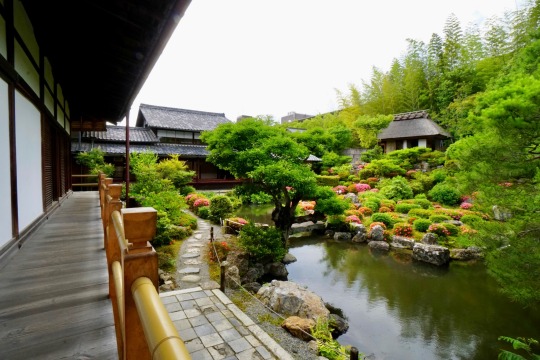


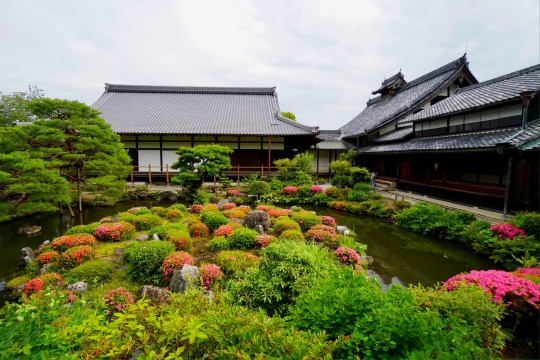
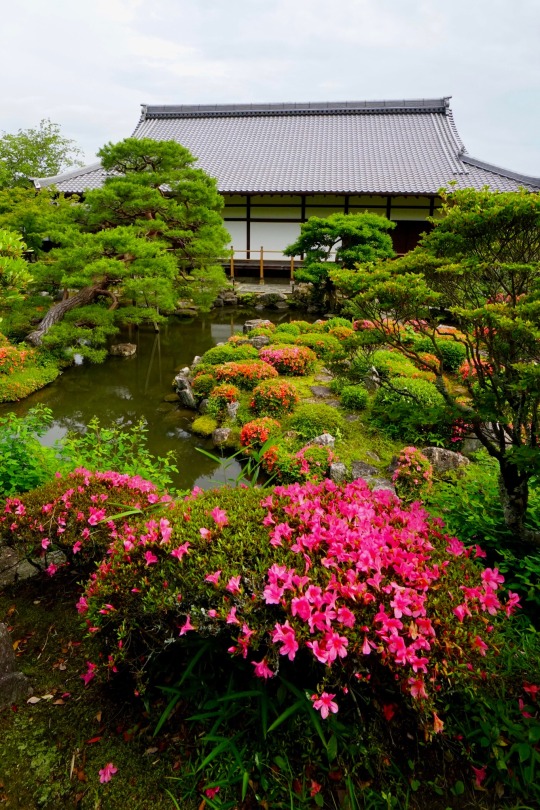
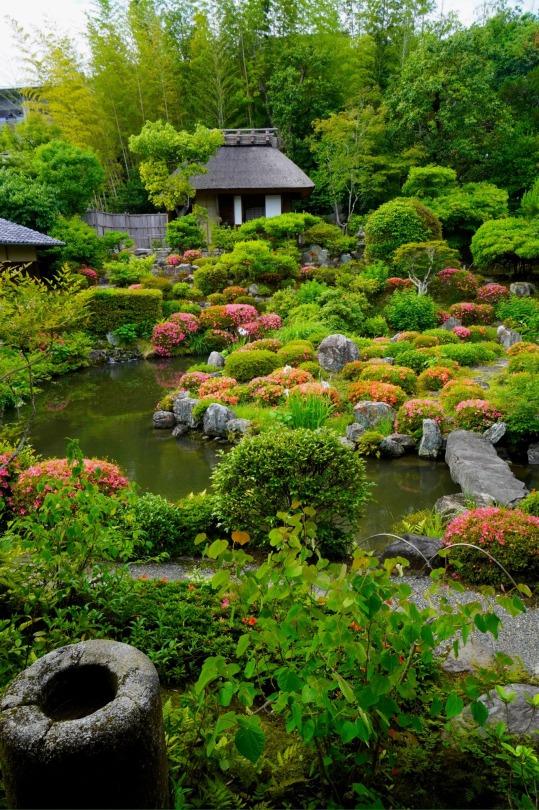
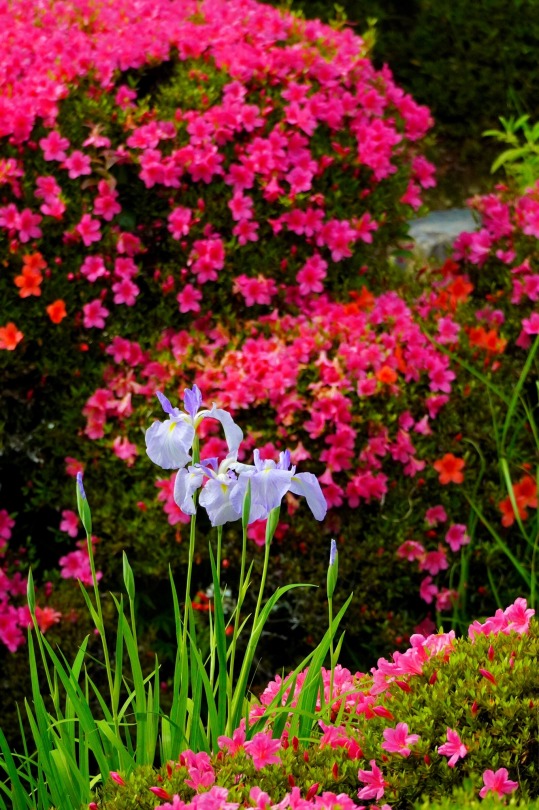
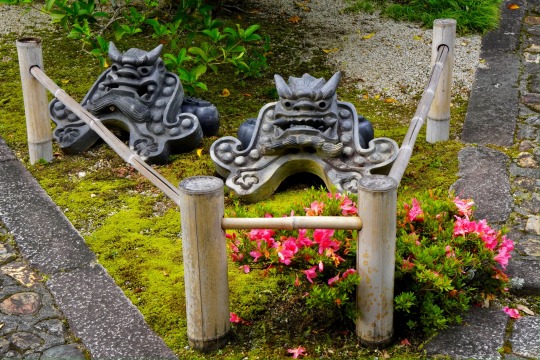

京都 等持院 🌸さつき🌸
kyoto toji-in 🌸satsuki azaleas🌸
257 notes
·
View notes
Photo

//quick lil doodle of my precious Lizzat scribe!
23 notes
·
View notes
Text
Divine Intervention: Elia Suleiman’s Symbolic Approach to a Distinctively Political Narrative
I moved to Palestine in 2018 having never been there before. I had never been to the middle-east before. I had very little familiarity with Islam. I did as much research as I could before moving there, but was given very little lead-time. So despite my best efforts, I arrived very much tainted with ignorance and unchallenged prejudices. I learned a tiny bit of Arabic (the wrong dialect) and familiarized myself with the basics of the conflict with Israel. Then, in the middle of the night, I arrived at the Tel-Aviv airport, slipped into an Arab taxi, crossed the threshold into the West Bank having never seen Israel by day, and into a tiny dormitory in the village of Abu Dis, just on the other side of the massive Apartheid wall on the outskirts of Jerusalem.
I learned, very quickly, that Abu Dis is about a mile or two from Ma’ale Adumim, an Israeli settlement. It’s the largest settlement in the West Bank. It is surrounded with walls and armed guards. The inhabitants fall into two groups: extremists who believe all the land in the West Bank is their god-given right, and ignorant bourgeoise who don’t even really realize they are in the West Bank, but simply a suburb of Jerusalem. This second group often cause more problems than the first one.
A few months before my arrival in Abu Dis, a settler from Ma’ale Adumim accidentally made a wrong turn, left the security of his settlement behind, and wound up in the village of Al Azarea. This is an area of the West Bank where neither the Palestinian Authority has a presence, nor the Israeli military. It’s the Wild West. Or Wild West Bank. The settler was noticed relatively quickly, and chased by the locals. Realizing his mistake, he fled through unknown roads, finally ending up in front of the dormitory I would eventually move to. The Palestinian locals surrounded his car with flaming dumpsters, broke his windows and attempted to extract and execute the man. I don’t know how long the incident lasted, but eventually the Israeli military stormed into the area, tear gassed everyone and brought the settler back to safety.
This was a terrifying story to learn of only two or three days into my commitment to making Abu Dis my new home. I’m a Germanic American foreigner. One of only two that I knew about in town. What’s to protect me from being mistaken as a settler? Am I a colonizer here to scrape away the dregs of the culture and land these people have been struggling to protect for 70 years? Not too long after, I was told I was safe because I didn’t dress like a settler. You can tell from the outfit. Settlers have the long curls on their head, the tassels at their hips, beards, black hats and vests. I was clearly just a foreigner, which isn’t the same thing.
In Elia Suleiman’s Divine Intervention (2002) we begin with a scene eerily familiar to the one that occurred outside my eventual home in Abu Dis, but with a single major variation. The locals are chasing the settler, easily identifiable by his striking attire, though his clothing is not the clothing of religious orthodoxy; it is distinctively agnostic. He is dressed as Santa Claus.
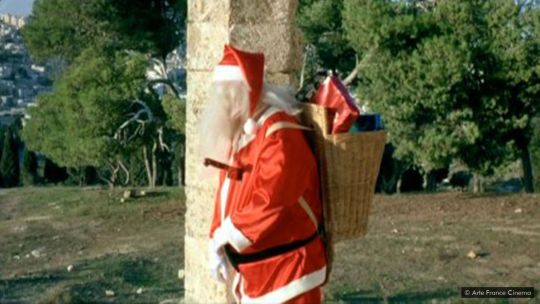
This film elevates Santa Claus, the innocuous symbol of Christmastime for all religions, to that of a colonial settler. A figure so hated that a wrong turn in the West Bank could prove fatal. A figure which immediately conjures the erasure of their culture, the murder of their children, and the expulsion of their friends and family from their homeland for nearly a century. It is interesting to approach this creative decision from the perspective of an American, because the closest cultural connection I have is the common refrain by religious dogmatics in America when confronted with non-religious symbols throughout the month of December. “Happy Holidays” draws the ire of many of my neighbors here. You’ll not be hard pressed to find yard signs that say “Merry Christmas Spoken Here”.
Isn’t Santa Claus the ultimate “Happy Holidays?” He, by his very nature, takes the Christ out of Christmas, as the popular refrain goes. He can sell you a Coca-Cola for the holidays regardless of your personal beliefs. Christmas is a time for presents. He shifts the entire narrative of the holiday towards the act of giving (or possibly receiving) rather than the birth of Christ.
How does this relate to Palestine and Israeli settlers? For those of us who were raised Christian, it’s hard to separate the birth of Christ with the town of Bethlehem. Bethlehem is located in the West Bank, on the other side of the Israeli separation wall. The people of Bethlehem live under military occupation. Bethlehem is also home to Dheisheh refugee camp, the largest refugee camp in the West Bank. It is filled with families of those who were displaced by the Israelis when they took over Palestine in 1948. Removing the Christ from Christmas is also removing Palestine from Christmas. It is the erasure of its historical and cultural significance. It is cultural colonialism. Just as the settlers steal the land from the Palestinians, and claim that it was always theirs… so too does capitalism extricate the political, social, and historical realities from that land and the holiday associated with it. A Santa Claus costume is indeed the garb of a settler. He is colonizing the mind of the world, utilizing the resources he finds most useful and erasing the narratives he finds politically inconvenient.
From this uncomfortable equation, we get our opening images of the film. Something familiar: a group of children chasing Santa Claus. But they are not after his presents. They are after him (as the knife jutting out of his chest reveals.) Moreover, they are after the narrative he has co-opted. He needs to be extinguished so they can make an attempt at reclaiming their history, their culture, and their land. All this… and we haven’t even reached the opening credits yet.
It is with this that Suleiman indicates to the audience the mode within which he is working. He tells a single narrative, but one that feels like a series of disparate vignettes à la Roy Andersson. He is telling us that the apparent incongruity is not as it seems. He is also showing us that in Palestine, everything is political. Every Palestinian’s existence has been so thoroughly politicized that simple absurd images cannot help but become pregnant with subversive meaning. If you choose to remain blind to the politics, you can. You may even find much to enjoy in the comically deadpan mise-en-scène of the film. However, Suleiman offers an indictment of these audience members as well.
A young French tourist approaches an Israeli policeman looking for directions. The policeman doesn’t know the way, and so he enlists the help of his Palestinian prisoner from the back of the van. Bound and with a blindfold over his eyes, the Palestinian offers three clear ways for her to get to Jerusalem’s Church of the Holy Sepulcher. There are two ways to read the scene. Both reveal the political anger brewing just below the droll surface of the gag. The first is simply that the Palestinian knows this land so well that he can give you directions while blindfolded. While the Israeli cop has no idea where to go. He is a foreigner here too. He may have political and military authority, but he is not truly of this land, while his prisoner is.
The second interpretation is the indictment of the apolitical audience member. We can visit Israel as tourists (or visit this film as a sort of cinematic tourist) gaze at the wonderful architecture, eat the food, enjoy the beaches and the lovely weather, all while turning a blind eye to the near century of racist exploitation, disenfranchisement, and genocide occurring right in front of us. It'd be all too obvious if we’d bother to simply engage beyond our own immediate pleasure and convenience.
Both of these interpretations are effective. Both are true. But the tourist is the one who allows this to continue indefinitely. She witnesses injustice and chooses comfort. The Israeli is blind to the irony of his evil. He thinks this is his land. The foreigner has the benefit of an objective vantage point, and remains aloof. So who is the real villain here?
Suleiman has combined the aesthetics of Jacques Tati with a uniquely Palestinian political fervor and sense of subversion. The film needs to be read as the synthesis of both of these elements.
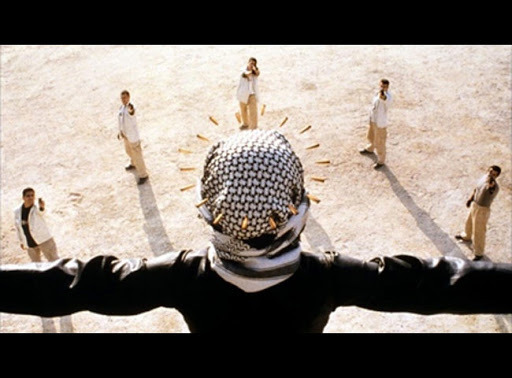
#palestine#elia suleiman#divine intervention#jacques tati#israel#palestinian cinema#cinema#film#auteur#political film#film directing#directing#middle east#arab cinema
11 notes
·
View notes


